Search the Special Collections and Archives Portal
Search Results
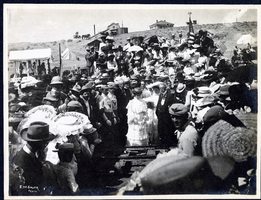
Photograph of people watching the driving of the silver spike at the Tonopah Railroad Carnival, Tonopah (Nev.), early 1900s
Date
Archival Collection
Description
Image
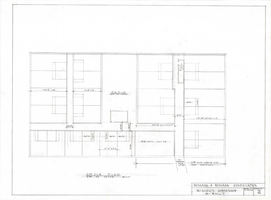
Binion's Horseshoe Second Floor Plan: architectural drawing
Date
Archival Collection
Description
From the Homer Rissman Architectural Records (MS-00452). Written on the image: "2nd Flr. Plan. 3rd as noted. 1/8"=1'0". Rissman & Rissman Associates. Binion's Horseshoe as-built. Date 9-20-67. Sheet #2".
Image
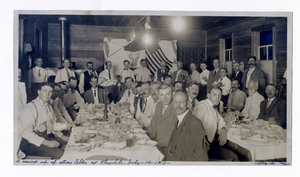
Unidentified group of men at a dinner: photographic print
Date
Archival Collection
Description
Image
University of Nevada, Las Vegas Institute for Security Studies Training Video on Terrorism
Identifier
Abstract
University of Nevada, Las Vegas Institute for Security Studies Training Video on Terrorism includes copies of the institute's training video for resort employees called "7 Signs of Terrorism" that was produced in 2008. The collection includes English language and Spanish language versions of the video.
Archival Collection
Willis B. Smith Collection on Western Airlines
Identifier
Abstract
The Willis B. Smith Collection (1958) on Western Airlines consists of two news releases from Western Airlines about the company's history and two letters to Willis B. Smith. The collection describes the founding of Western Airlines and its early flights from Salt Lake City, Utah to Los Angeles, California. It also contains a color photograph of a Western Air DC-10 airliner in flight.
Archival Collection
Erma Cunningham Collection on the Eldorado School District, Nelson, Nevada
Identifier
Abstract
The Erma Cunningham Collection on the Eldorado School District, Nelson, Nevada is comprised of materials related to the elementary school that was located in Nelson, Clark County, Nevada from 1941 through 1952. It includes attendance records, student grades, and assorted materials related to education.
Archival Collection

Transcript of interview with Donald L. Shalmy by Stefani Evans and Claytee D. White, March 10, 2017
Date
Archival Collection
Description
Text
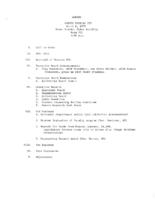
Meeting minutes for Consolidated Student Senate, University of Nevada, Las Vegas, March 06, 1979
Date
Archival Collection
Description
Text
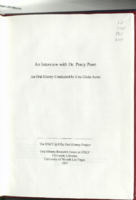
Transcript of interview with Dr. Percy Poon by Lisa Gioia-Acres, February 5, 2007
Date
Archival Collection
Description
Text
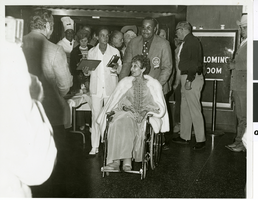
Photograph of Judy Bayley at a public event at the Hacienda Hotel and Casino, Las Vegas, Nevada, 1971
Date
Archival Collection
Description
Image
